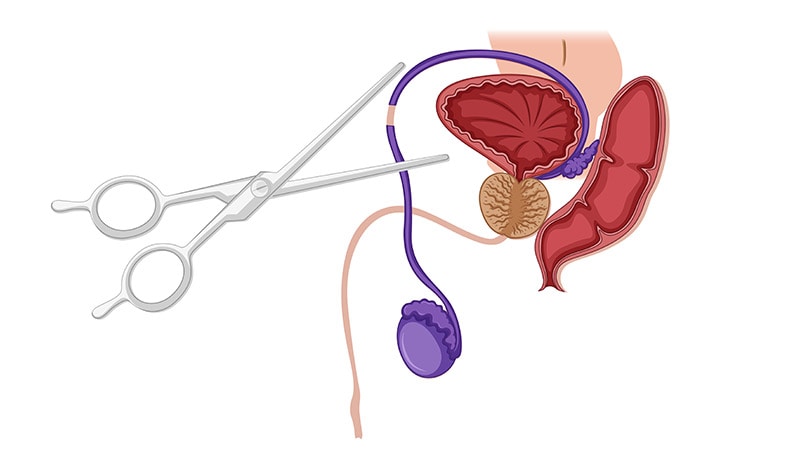Report on Alcohol Consumption and Dementia Risk in the Context of Sustainable Development Goal 3
Introduction
A recent collaborative study by the University of Oxford, Yale University, and the University of Cambridge provides critical insights into the relationship between alcohol consumption and dementia risk. This report summarizes the study’s findings and analyzes their direct implications for achieving the United Nations Sustainable Development Goals (SDGs), particularly SDG 3: Good Health and Well-being.
Methodology
The research employed a comprehensive approach to investigate the causal link between alcohol and dementia, aligning with the evidence-based practices necessary for effective public health policy under SDG 3. The methodology included:
- Analysis of data from over 500,000 individuals from the UK Biobank and the U.S. Million Veteran Program.
- A meta-analysis of 45 separate studies, encompassing over 2.4 million participants.
- Use of genetic analysis to assess whether alcohol is a direct causal factor for dementia, rather than merely an associated risk.
Key Findings
The study’s conclusions challenge previous assumptions about alcohol’s effect on cognitive health and provide a strong evidence base for public health interventions aimed at achieving SDG 3 targets.
- Increased Dementia Risk at All Consumption Levels: Any level of alcohol consumption was found to increase the risk of dementia. Greater intake was linked to a correspondingly higher risk.
- No Evidence of Protective Effects: The genetic analysis found no support for the belief that light or moderate alcohol consumption may be beneficial for brain health. In fact, the evidence suggests the opposite.
- Quantifiable Genetic and Consumption Risks:
- Individuals with a doubled genetic predisposition for alcohol use disorder faced a 16% higher risk of dementia.
- A three-fold increase in weekly alcohol consumption was associated with a 15% greater dementia risk.
Implications for Sustainable Development Goals
The findings have significant implications for global health strategies and directly support the advancement of SDG 3, which aims to ensure healthy lives and promote well-being for all at all ages.
SDG 3: Good Health and Well-being
- Target 3.4: Reduce mortality from non-communicable diseases (NCDs) and promote mental health. Dementia is a leading NCD. This study indicates that reducing alcohol consumption across the population is a viable and important strategy for dementia prevention, thereby contributing directly to the reduction of premature mortality from NCDs and the promotion of long-term mental well-being.
- Target 3.5: Strengthen the prevention and treatment of substance abuse, including harmful use of alcohol. The research provides robust evidence of the long-term neurological harm associated with alcohol use, even at levels previously considered safe. This strengthens the imperative for public health efforts to prevent and reduce the harmful use of alcohol as a key component of achieving global health targets.
Methodological Limitations
While the study provides powerful evidence, the authors acknowledged certain limitations that should be considered when formulating policy.
- Sample Representativeness: The study populations (UK Biobank participants and U.S. military veterans) may not be fully representative of the general global population.
- Data Collection: Alcohol intake was primarily self-reported, which can be subject to recall bias and underestimation.
- Precision: The genetic analysis was less precise at very low levels of drinking, making it difficult to confirm absolute safety thresholds.
Conclusion
This study offers compelling genetic evidence that even small amounts of alcohol consumption may increase the risk of dementia. These findings are crucial for informing public health policies and individual health choices. By highlighting a modifiable risk factor for a major non-communicable disease, the research provides a clear pathway for action to advance the objectives of SDG 3, specifically by strengthening the prevention of harmful alcohol use to promote better brain health and well-being for aging populations worldwide.
Analysis of Sustainable Development Goals (SDGs) in the Article
1. Which SDGs are addressed or connected to the issues highlighted in the article?
-
SDG 3: Good Health and Well-being
The article directly addresses SDG 3 by focusing on a significant public health issue: the link between alcohol consumption and the risk of dementia. It explores how a substance (alcohol) impacts a non-communicable disease (dementia), which is a core component of ensuring healthy lives and promoting well-being for all at all ages. The study’s conclusion that “reducing alcohol consumption across the population could play a significant role in dementia prevention” explicitly connects to public health efforts aimed at improving health outcomes.
2. What specific targets under those SDGs can be identified based on the article’s content?
-
Target 3.4: By 2030, reduce by one third premature mortality from non-communicable diseases through prevention and treatment and promote mental health and well-being.
This target is relevant because dementia is a non-communicable disease that significantly impacts mental health and well-being. The article’s central theme is the prevention of dementia. The research suggests that “reducing alcohol consumption may be an important strategy for dementia prevention,” which directly aligns with the prevention aspect of this target.
-
Target 3.5: Strengthen the prevention and treatment of substance abuse, including narcotic drug abuse and harmful use of alcohol.
The article’s entire focus is on the harmful use of alcohol. It challenges previous beliefs about the safety of low-level drinking by stating, “even small amounts of alcohol consumption appear to increase dementia risk.” The research strengthens the argument for “public health efforts to reduce alcohol use across the population,” which is the primary goal of Target 3.5.
3. Are there any indicators mentioned or implied in the article that can be used to measure progress towards the identified targets?
-
Implied Indicator for Target 3.5: Alcohol consumption levels.
The article implicitly refers to the core of SDG Indicator 3.5.2 (Harmful use of alcohol, defined as alcohol per capita consumption). The study measures alcohol intake through metrics like “weekly alcoholic drinks” and discusses how a “three times higher increase” in this consumption leads to a greater dementia risk. Tracking these consumption levels across a population is a direct way to measure progress in reducing the harmful use of alcohol.
-
Implied Indicator for Target 3.4: Incidence and risk of dementia.
The article provides specific quantitative data that can serve as indicators for measuring the burden of non-communicable diseases. It states that a “doubled increase in genetic risk of alcohol use disorder had a 16% higher risk of dementia” and higher weekly consumption led to a “15% greater dementia risk.” These statistics quantify the risk and can be used to track the effectiveness of prevention strategies, such as reduced alcohol consumption, on the incidence of dementia over time.
4. Table of SDGs, Targets, and Indicators
| SDGs | Targets | Indicators |
|---|---|---|
| SDG 3: Good Health and Well-being | Target 3.4: Reduce premature mortality from non-communicable diseases through prevention and treatment and promote mental health and well-being. |
|
| SDG 3: Good Health and Well-being | Target 3.5: Strengthen the prevention and treatment of substance abuse, including narcotic drug abuse and harmful use of alcohol. |
|
Source: ktvu.com







